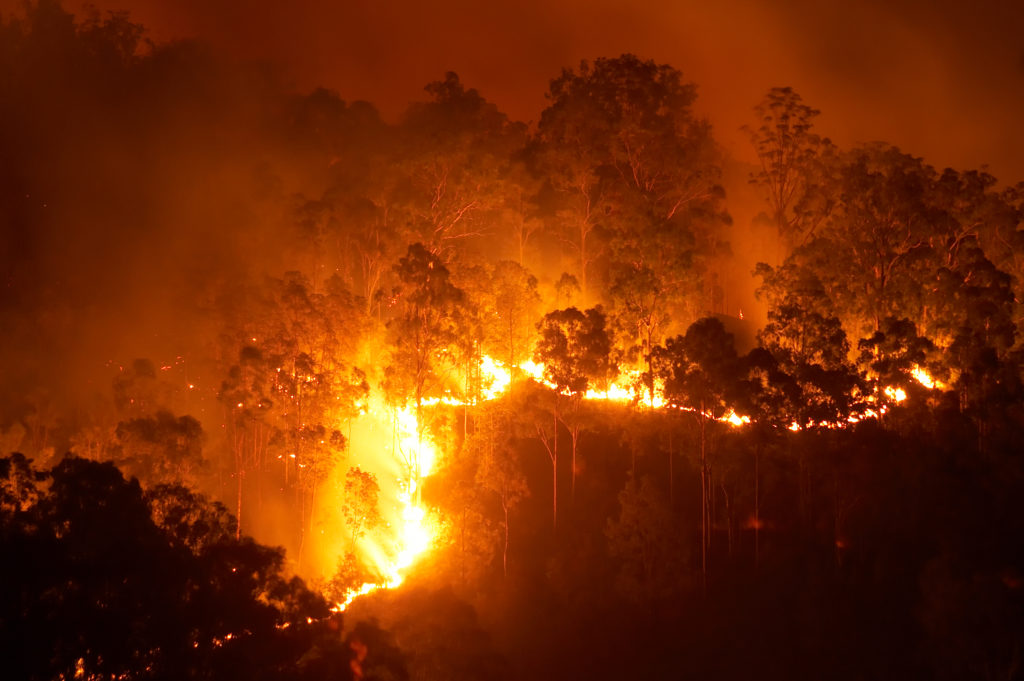Unraveling the Value of a Detailed BAL Report for Your Building
Unraveling the Value of a Detailed BAL Report for Your Building
Blog Article
Ensuring Shrub Fire Defense Through Proper BAL Report Evaluation
In the world of bush fire protection, the meticulous evaluation of Bushfire Attack Degree (BAL) records stands as a foundation for safeguarding homes versus the destructive influence of wildfires. With ecological variables and home qualities playing considerable roles in figuring out the level of risk, a complete understanding of BAL rankings ends up being necessary. The real essence exists not just in understanding these reports yet in decoding them effectively to create tailored fire protection strategies. By diving into the significance of BAL report evaluation, we uncover a realm where educated decisions pave the path in the direction of reinforcing property safety and resilience in fire-prone regions.
Comprehending Bushfire Strike Degree (BAL)
In the realm of bushfire security, understanding the Bushfire Assault Level (BAL) is paramount for guaranteeing reliable mitigation strategies. Comprehending the BAL ranking of a building is important for building building contractors, policymakers, and owners to execute appropriate actions to safeguard versus bushfire risks.

Value of BAL Record Evaluation
A crucial aspect in bushfire security planning entails the extensive analysis of BAL records to evaluate the possible threats and determine appropriate mitigation techniques. BAL reports provide critical info regarding the possible impact of bushfires on a home based upon different variables such as vegetation type, range to possible fire threats, and incline of the land. Analyzing these records with accuracy is vital in developing effective bushfire protection actions tailored to the particular danger account of a property.
Executing Fire Security Steps
Implementing efficient fire security steps is important for protecting buildings in bushfire-prone locations. This involves clearing combustible plant life, such as dry fallen leaves and branches, within a particular radius of the property.
Additionally, having a sufficient and properly maintained water system, such as a storage tank or pool, can aid firemans in their efforts to secure the property. It is necessary to have a clear evacuation plan in position and to guarantee that all residents recognize with the treatments. Additionally, having firefighting devices easily offered, such as tubes and fire extinguishers, can help in taking on tiny area fires prior to they escalate. On the whole, carrying out a mix of these fire defense steps can substantially raise the chances of securing properties during bushfire events.
Mitigating Threats in Fire-Prone Locations
To fortify properties versus bushfire hazards, a strategic focus on mitigating risks in fire-prone areas is essential. One important aspect of threat mitigation is preserving defensible space around homes by removing combustible vegetation, making sure appropriate spacing in between frameworks and trees, and using fire-resistant landscape design techniques.
Furthermore, building or retrofitting buildings with fire-resistant products and making sure appropriate maintenance of roofing systems, gutters, and outside cladding can substantially improve the home's strength to bushfires. Creating and exercising a bushfire emergency situation plan with all residents, including discharge treatments and communication techniques, is also important in mitigating dangers effectively. By taking on a proactive approach to run the risk of mitigation in fire-prone locations, residential property owners can better visit the website shield their possessions and improve general bushfire preparedness.
Ensuring Residential Or Commercial Property Safety And Security and Strength
Ensuring the security and durability of properties in fire-prone areas calls for a steadfast dedication to robust precautionary procedures and strategic planning. Property security begins with applying effective procedures to lower fire risks. This includes preserving a defensible area around the building by getting rid of combustible plant life, making certain appropriate maintenance of rain gutters and roof coverings, and using fireproof building products. Normal maintenance of firefighting tools, such as hoses and automatic sprinkler, is additionally critical to home durability.
Durability, on the various other hand, includes the ability of a residential or commercial property to recuperate and hold up against from a bushfire. By proactively dealing with these facets, home see here owners can better shield their assets and loved ones from the hazard of bushfires.
Final Thought
To conclude, making certain bushfire protection via correct BAL record analysis is vital for comprehending the level of threat postured by bushfires and implementing necessary fire defense procedures. By alleviating risks in fire-prone locations and guaranteeing property security and resilience, individuals and communities can better get ready for and reply to bushfire events. It is critical to prioritize fire precaution to shield lives and residential or commercial top article property in these high-risk environments.
In the world of bush fire protection, the thorough evaluation of Bushfire Attack Degree (BAL) reports stands as a foundation for securing residential or commercial properties against the terrible influence of wildfires (BAL Report). Recognizing the BAL ranking of a residential property is essential for property policymakers, contractors, and proprietors to execute ideal procedures to safeguard versus bushfire risks

BAL reports provide critical information about the potential influence of bushfires on a property based on various aspects such as greenery type, distance to possible fire dangers, and incline of the land (BAL Report). In general, executing a combination of these fire defense measures can substantially enhance the possibilities of protecting properties during bushfire events
Report this page